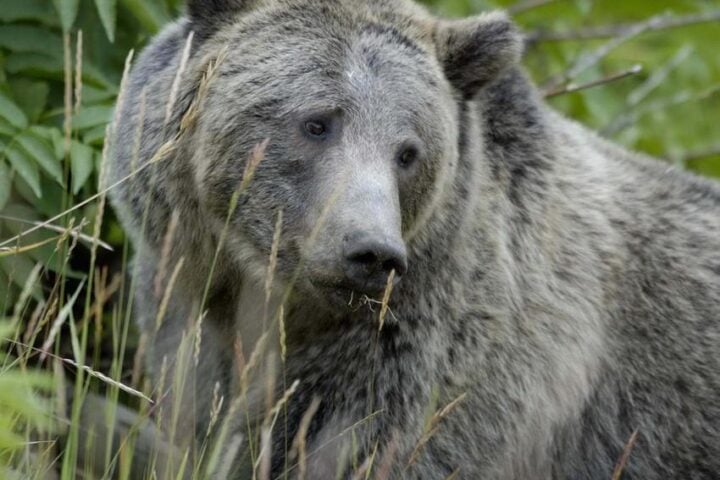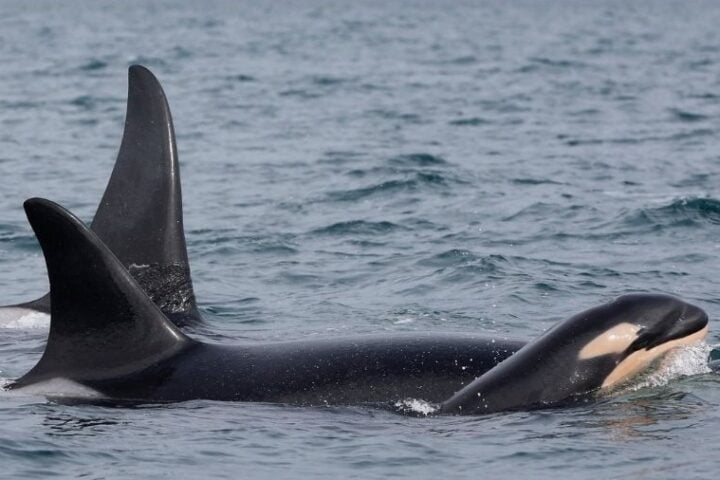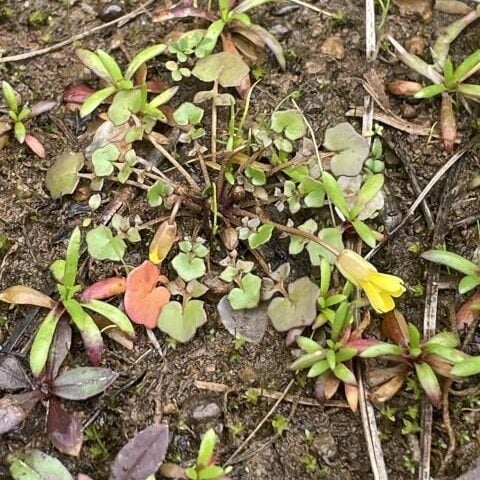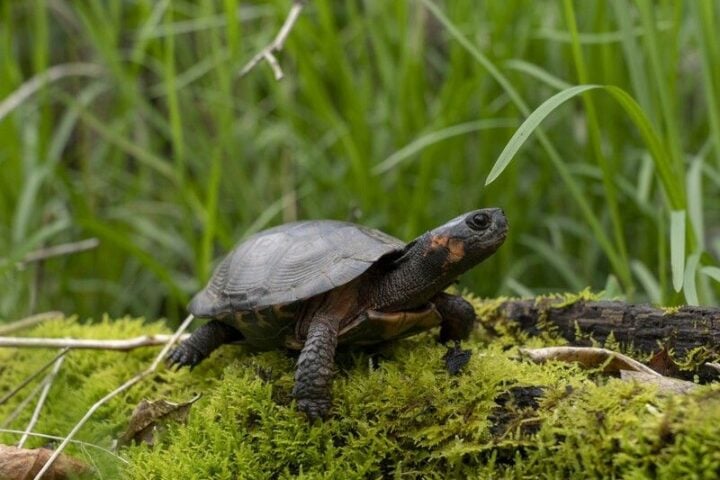Near Queenstown, a practical challenge faces the Takahē recovery programme as conservation efforts continue in the Southern Lakes region. Four takahē deaths in the Greenstone Valley over a five-week period have been linked to stoat predation, prompting the Department of Conservation (DOC) to intensify protection measures for these critically endangered birds.
The cluster of deaths presents a sobering reality check for conservationists. DNA analysis and necropsy results have confirmed stoat involvement, with trail cameras capturing images of the likely culprit. A fifth takahē with undetermined cause of death might also have fallen victim to the same predator.
“It shows even one stoat can do a lot of damage,” said Deidre Vercoe, DOC’s Takahē Recovery Operations Manager. “Stoats can be extremely trap shy and take some time to catch, so more takahē deaths could become a reality.”
The incidents occurred at Greenstone Station, Ngāi Tahu tribal property where DOC and the iwi established a wild takahē population in 2023. Despite this setback, the overall health of the Greenstone population—now numbering between 20-30 birds—has exceeded expectations, with two active breeding seasons indicating the site’s fundamental suitability.
In response, DOC has deployed a multi-faceted approach including increased monitoring, additional trapping infrastructure, deployment of a specialist stoat detection dog, baited trail cameras, and more frequent rebaiting of existing traps.
“Until New Zealand is predator-free, any new wild site for takahē will have a level of predation threat. This is the reality our native birds face daily on the mainland,” Vercoe noted. “Current predator control tools make a big difference to species survival, but this scenario highlights the challenges.”
The nationwide takahē population now exceeds 500 birds, growing at approximately 5% annually. More than half live at wild sites where stoats are present, creating an ongoing conservation management challenge.
Similar Posts
Gail Thompson, Ngāi Tahu representative on the Takahē Recovery Group, emphasized the birds’ vulnerability despite their size: “These recent deaths highlight that, despite their large size, sturdy beaks and claws, takahē remain vulnerable to introduced predators wherever they are in the wild.”
While managing the Greenstone Valley predation threat, conservationists continue expanding takahē territory. In February 2025, 18 takahēs were released into the nearby Rees Valley, the first of three planned releases aimed at establishing a population of up to 80 birds there by year’s end.
The Rees Valley release followed careful preparation by Southern Lakes Sanctuary, which established an extensive network of over 500 traps targeting feral cats and other predators. Greg Lind, co-chair of Southern Lakes Sanctuary, described the initiative as “a great example of the power of collaboration, with each party making vital contributions.”
The birds for this new population travelled from the Burwood Takahē Centre near Te Anau and Orokonui Ecosanctuary near Dunedin, pausing at Glenorchy Primary School so children could witness this historic conservation moment before mana whenua Ngāi Tahu welcomed the birds with a mihi whakatau ceremony.
Takahē were once believed to be extinct for 50 years until they were rediscovered in the Murchison Mountains in 1948. The current expansion efforts aim to reduce pressure on existing wild sites while creating new habitats for the growing population.

DOC, Ngāi Tahu, and national partner Fulton Hogan remain committed to maintaining takahē populations in both valleys and the wider Whakatipu area, with the Rees Valley site potentially capable of supporting up to 80 takahēs initially, and with long-term potential for a much larger population across the Upper Whakatipu region.
The recent stoat killings in Greenstone Valley, while concerning, have not derailed these broader conservation efforts that balance ambitious goals with the practical realities of mainland predator threats.
Frequently Asked Questions
The Takahē (Porphyrio hochstetteri) is a flightless bird native to New Zealand that was once thought to be extinct for 50 years until its rediscovery in 1948. It’s endangered primarily due to habitat loss and introduced predators like stoats, feral cats, and other mammals that were not historically present in New Zealand. Takahē have large, sturdy bodies with distinctive blue-green plumage and red beaks, but despite their size, they remain vulnerable to predation. Currently, there are just over 500 Takahē remaining, making conservation efforts critical to their survival.
The Takahē recovery programme is a conservation initiative led by New Zealand’s Department of Conservation (DOC) in partnership with Ngāi Tahu (local iwi) and Fulton Hogan (national partner). The programme aims to protect existing Takahē populations, establish new wild populations in suitable habitats, and implement predator control measures to ensure the birds’ survival. The recovery efforts include breeding programmes, habitat restoration, predator management, monitoring, and research. The programme has been successful in growing the Takahē population by approximately 5% annually, with current numbers exceeding 500 birds nationwide.
Takahē face several threats in the wild, with introduced predators being the most significant. Stoats, in particular, pose a severe danger as demonstrated by recent predation events. Other threats include feral cats, rats, and other invasive mammals not naturally present in New Zealand’s ecosystems. Additionally, Takahē face challenges from habitat loss, climate change impacts on their alpine habitats, and potentially limited genetic diversity due to their small population. Despite intensive predator control efforts including trapping networks, these threats persist and require ongoing management to ensure the species’ survival.
Takahē populations are primarily located in managed conservation areas across New Zealand. The original wild population was discovered in the Murchison Mountains of Fiordland. Today, populations exist in the Greenstone Valley (established 2023) and more recently the Rees Valley (established 2025) in the Southern Lakes region. Additionally, Takahē are present at the Burwood Takahē Centre near Te Anau, which serves as a breeding facility, and at sanctuaries like Orokonui Ecosanctuary near Dunedin. Some birds also live on predator-free offshore islands that serve as secure habitats. More than half of all Takahē now live in wild sites where predator control measures are in place.
The Takahē recovery programme has seen significant success, with the nationwide population now exceeding 500 birds—a remarkable achievement for a species once thought extinct. The population is growing at approximately 5% annually, indicating that conservation strategies are working. New wild populations have been successfully established in the Greenstone Valley and Rees Valley, with plans for further expansion. Despite occasional setbacks like the recent stoat predation incidents, the overall trajectory remains positive. These successes demonstrate effective collaboration between government agencies (DOC), indigenous partners (Ngāi Tahu), and private supporters, setting a valuable model for endangered species recovery.
Predator control for protecting Takahē involves multiple strategies. These include extensive trapping networks (like the 500+ traps in the Rees Valley), regular rebaiting of traps, deployment of specialized detection dogs to locate predators, baited trail cameras for monitoring, and increased surveillance in key habitats. When predation events occur, as with the recent stoat attacks, DOC intensifies these efforts with targeted responses. While these methods significantly reduce predation risk, complete elimination of threats remains challenging on the mainland. Long-term solutions being developed include more advanced trapping technologies and broader predator-free initiatives across New Zealand that aim to eventually eliminate introduced predators entirely.




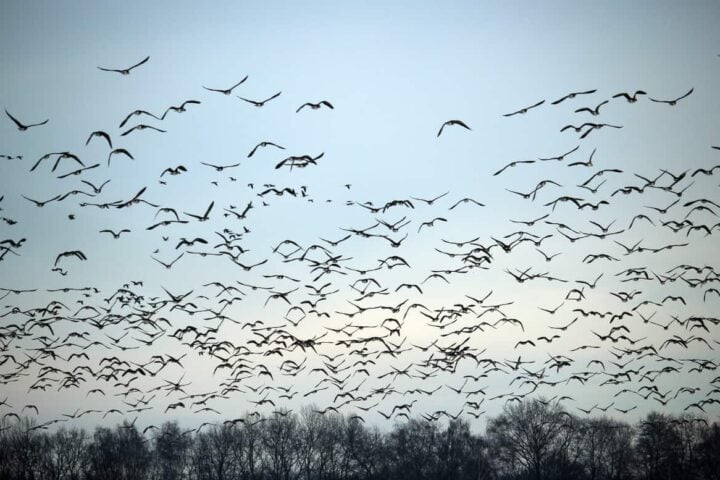
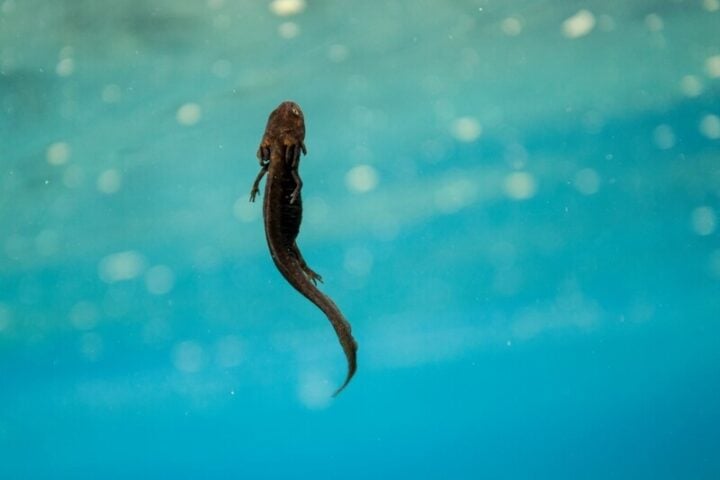
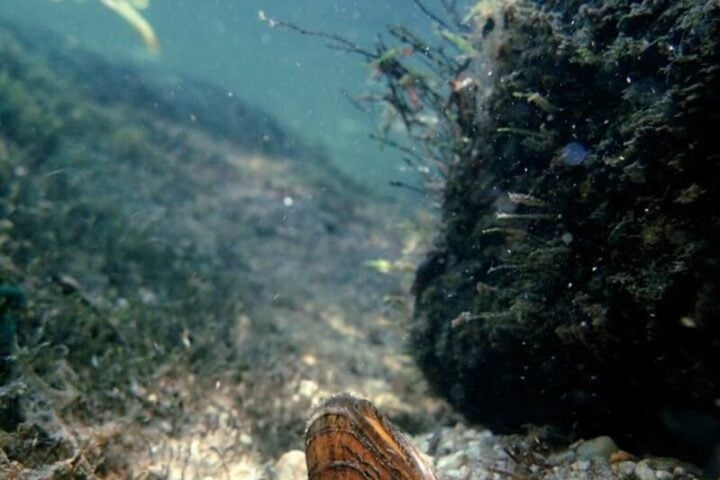
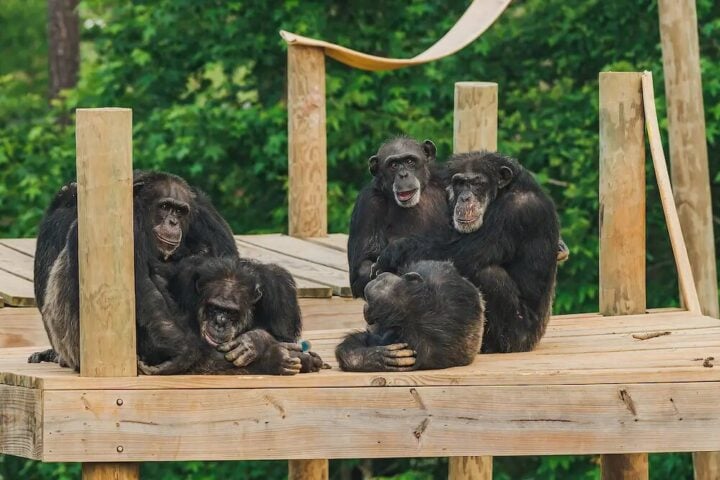

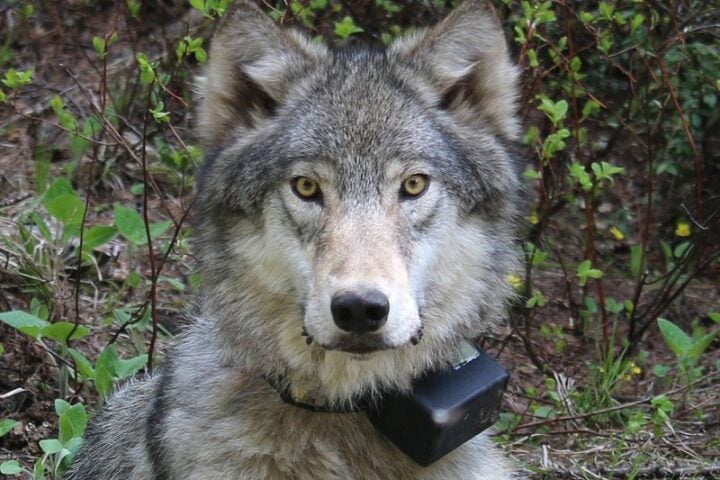

![Representative Image: European Starling [49/366]. Photo Source: Tim Sackton (CC BY-SA 2.0)](https://www.karmactive.com/wp-content/uploads/2025/04/Starlings-Drop-82-in-UK-Gardens-as-Birdwatch-2025-Reveals-Record-Low-Count-Since-1979-720x480.jpg)
